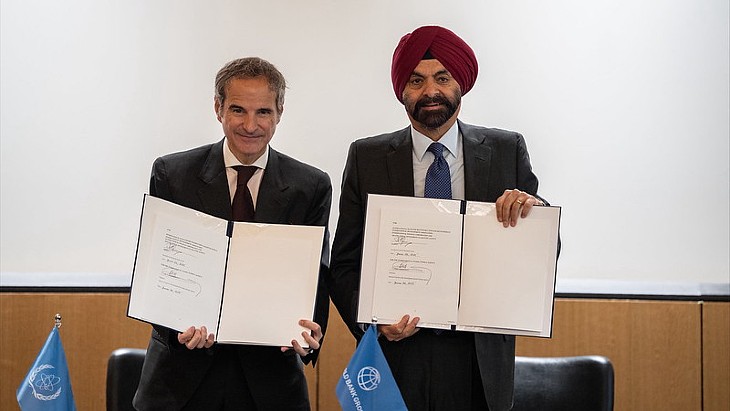Site of former Swedish uranium mine released
.jpg)
The Ranstad Industriecentrum AB (RIC) hosts a range of facilities formerly used for the processing of natural uranium bearing alum shales mined from nearby deposits. About 120 tonnes of uranium was recovered from shale at Ranstad - located between the towns of Falköping and Skövde - in 1965-1969. The mine was built for Sweden to be self-sufficient in uranium, but a low market price for the commodity meant it never reached profitability and it was closed.
Henrik Efraimsson, authority specialist at the SSM, said RIC had taken the necessary measures to decommission the Ranstad plant and remediate the remaining pollution. "Since neither humans nor the environment are at risk of being exposed to any unacceptable harmful effects of radiation, we have decided to release the relevant areas. What remains now is that RIC will take care of its archive and submit a resolution report to us and to the county administrative board."
The regulator said on-site audits and observations had shown which areas may have been contaminated during operation of the Ranstad mine and facilities and that radioactive contaminants have been removed "as far as possible and reasonable". It also said RIC had demonstrated that the remaining levels of activity were so low that future radiation doses were expected to be less than one-tenth of the natural background radiation in Sweden, which is about 1 millisieverts per year.
The nuclear facilities at the site have been undergoing decommissioning since early 2010, with Studsvik AB the project’s lead contractor.
_49098.jpg)
_57190.jpg)
_70526.jpg)
_75453.jpg)





..._58412.jpg)

